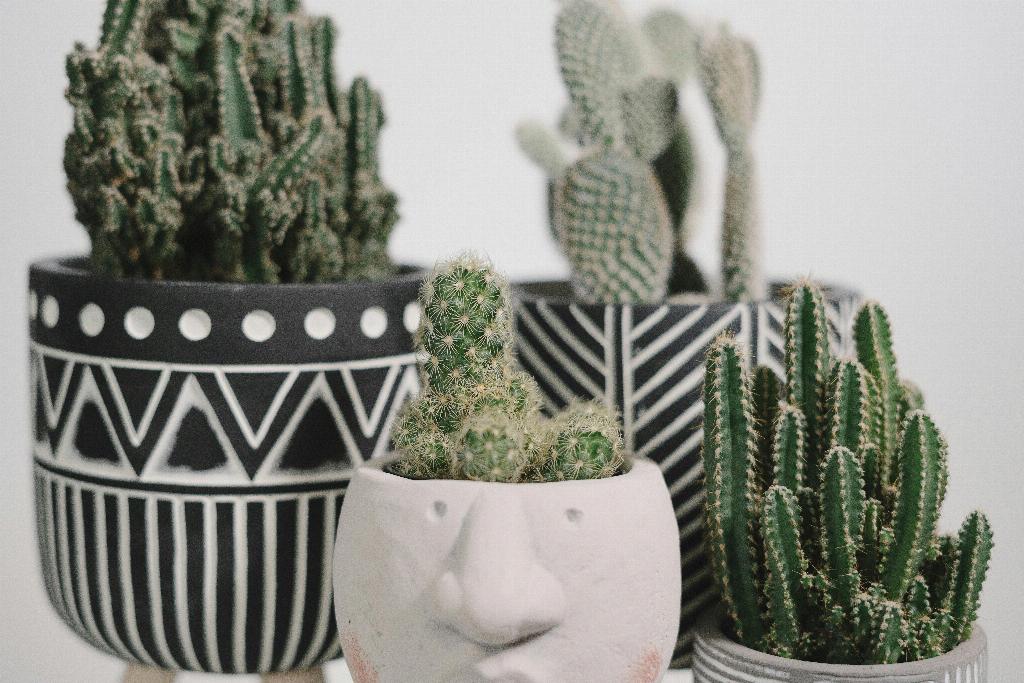What’s the first thought that crosses your mind when you see a cactus? Perhaps it’s the possibility of a formidable defense system, embodied by its sharp spines. But have you considered how much water this prickly plant actually needs? A playful question arises: do you really have to water a cactus, or can it thrive solely on its resilience? The surprising truth may challenge your preconceived notions about these desert dwellers. This article delves into the nuanced world of cactus hydration, revealing essential insights for both seasoned and novice plant caretakers.
Understanding the Natural Habitat of Cacti
The first step in assessing a cactus’s water requirements is to recognize its native environment. Cacti predominantly originate from arid regions, where infrequent rainfall characterizes the ecosystem. They have evolved a remarkable ability to conserve water, thanks to specialized structures such as thickened stems and waxy skin. These features prevent water loss and create a mini-ecosystem conducive to survival.
In their natural habitats, cacti typically endure considerable periods of drought, followed by sporadic rainfall. The infrequency of water in their environment has driven the development of an intricate water storage system within their tissues. This astonishing resilience raises an important consideration: when caring for these unique plants, is it really necessary to provide them with regular watering?
The Myths Surrounding Cactus Watering
One common misconception is that cacti require little to no water, leading many plant enthusiasts to completely neglect their hydration needs. While it’s true that cacti can tolerate dry conditions, this doesn’t mean they can completely evade water altogether. The idea that cacti are failure-proof due to a low water requirement is a myth that may prove detrimental to their health.
Another myth asserts that cacti enjoy hot and dry conditions uniformly, and thus, they should be watered sparingly or never at all. This is far from the truth, as cacti are diverse and inhabit various environments ranging from high elevations to low deserts. Each species has its own specific needs, influenced by its genetic lineage and natural habitat. Therefore, understanding the type of cactus in question is key to determining its watering schedule.
Recognizing the Signs of Dehydration
Much like any other living organism, cacti exhibit signals of distress when they are dehydrated. It is crucial for caretakers to be observant of their plants. Over time, signs such as wrinkled and shriveled skin may emerge, signaling that the cactus requires water. The color may also shift, becoming dull and less vibrant.
However, it’s essential to distinguish between underwatering and overwatering. An overly hydrated cactus can exhibit similar symptoms, including a mushy texture or discoloration of the skin. It is vital to find the appropriate balance — a crucial challenge for any cactus owner.
When and How to Water Your Cactus
Determining the right frequency for watering a cactus can be confounding, especially for individuals new to plant care. The general principle is to allow the soil to dry out completely between watering sessions. For most cacti, this means watering every two to three weeks during the growing season (spring and summer), while cutting back considerably in the dormant season (fall and winter).
When you decide to confer hydration upon your prickly companion, it is imperative to employ the right method. Water should be delivered directly to the soil, avoiding any moisture contact with the spines or stems. This practice minimizes the risk of rot, which tends to emerge in the presence of stagnant water. As a simple rule of thumb, it’s advisable to water generously, allowing excess to drain out, ensuring the roots fully absorb the moisture without being drenched.
Considerations for Different Species
As previously mentioned, not all cacti are created equal. Some species are more moisture-sensitive than others. For instance, the popular Easter Cactus (Hatiora gaertneri) thrives in higher humidity and will require more frequent watering than its desert-dwelling cousins like the Saguaro (Carnegiea gigantea). Understanding these distinctions is paramount, as misjudging a cactus’s watering needs can lead to detrimental effects on its growth and resilience.
How Environment Factors In
The surrounding environment plays a pivotal role in how often you should water a cactus. Factors such as temperature, humidity, and the type of potting soil all contribute to the moisture retention of the soil. For example, if your cactus resides in a warm, dry room, it may necessitate more frequent watering than if it’s positioned in a more humid setting.
Moreover, the season influences hydration needs. In warmer months, cacti are often actively growing and will require more water, while the winter months call for much less as they enter dormancy. Being attuned to these variations will elevate your caretaking instincts and assist in ensuring a healthy cactus.
Conclusion: A Balancing Act





Leave a Comment